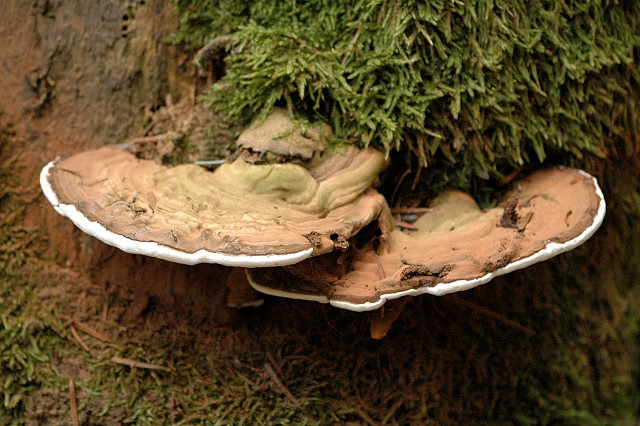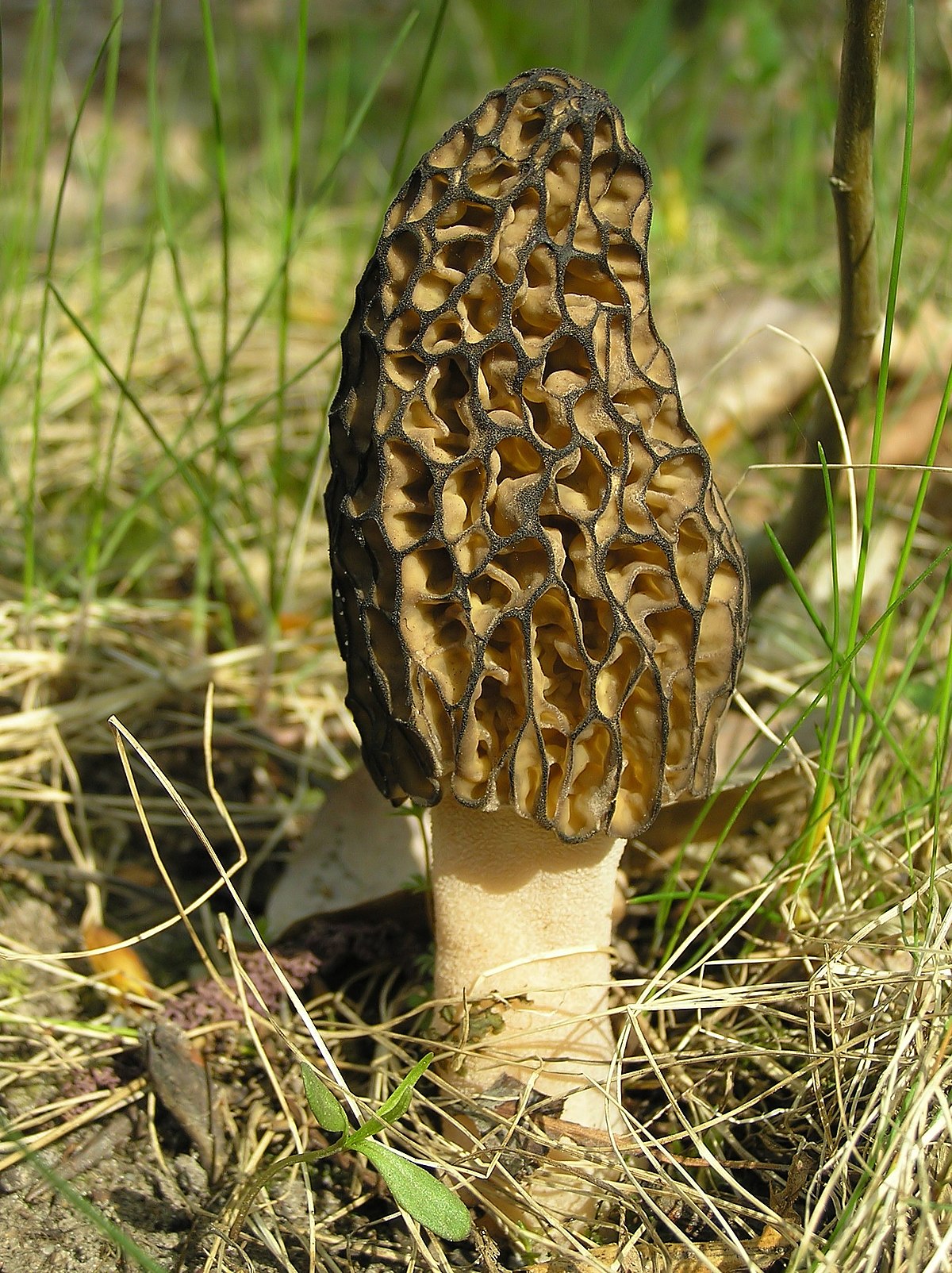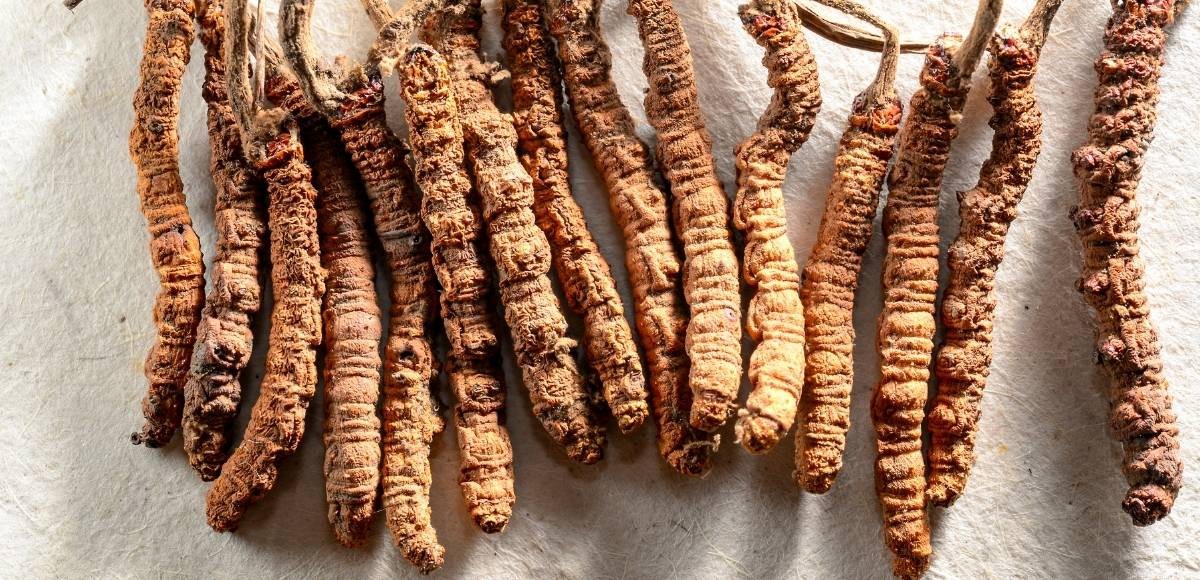Wild mushroom
1. Ganoderma spp.( Red mushroom)
- Parasitic on living hardwoods (especially oaks) and saprobic on the deadwood of hardwoods; causing root rot.

a) Cap:-
- 2-30 cm; at first irregularly knobby or elongated, but by maturity more or less fan-shaped.
b) Stem :-
- Sometimes absent, but more commonly present
c) Flesh:-
- Brownish
2. Morchella spp.( Guchi chayu).

Three species common in Nepal;
i.Morchella esculanta
ii. M. conica
iii. M. smithiana
iv. M. vulgaris (found in India)
v. M. deliciosa (found in India)
- Highly flavored and has high medicinal value.
- Temperature requirement 25 °C for mycellium growth.
a. Morchella esculenta : “Seto Gucchi” or White Morels
- It is found in hill in the side exposed to sunlight.
- Fruiting bodies are rounded, egg shaped with honey comb like arrangement.
- Colour ranges from white, pale yellow to black.
- Cap is conical.
- It is Never eaten raw.
b. Morchella conica : “Kalo Gucchi” or Black Morels
- It is found in damped soil.
- Cap is conical.
- It can be consumed as raw.

3.Yarshagumba (Cordyceps sinensis / Caterpillar fungus).
- Half of its life cycle is completed inside the insect specially of Lepidopteran Insects available in hilly areas.
- it has high medicinal value used to cure Asthma.
- Mushrooms come from head of larvae.

4. Armillaria spp. (honey fungus).
- There color is honey light but spore are white.
- The fungus grows parasitically on a large number of broad leaf trees.
